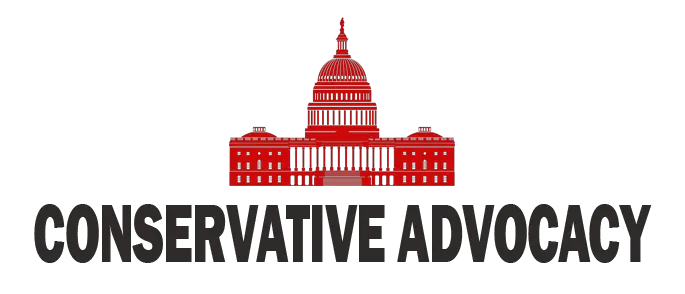This week, an important chapter in America’s cultural battle is opening at the Supreme Court. A case that began in Tennessee challenges legislation that bans gender-affirming medical care for minors, including puberty blockers and hormone therapy. While many might feel a wave of uncertainty about the court’s potential direction, there is reason to be optimistic given its current composition. This case is a chance to protect children from what some describe as harmful practices disguised as progress.
The legislation in question aims to safeguard the most vulnerable among us: children who are too young to fully comprehend the consequences of life-altering decisions. It’s shocking that such a protective measure even needs to be debated in this country. Yet, here we are, facing an ideological battleground where common sense is often treated like a relic of the past. The idea that children—many of whom still believe in Santa Claus—should be able to make permanent decisions that alter their bodies is something that only makes sense if influenced by a radical agenda.
As leaders from across the political spectrum gather outside the Supreme Court for the “Do No Harm” rally, it’s evident that there is a significant movement dedicated to defending children against these extreme ideologies. The lineup of speakers and advocates illustrates a coalition of voices saying enough is enough. They are calling for protection not just in Tennessee but potentially across the nation. Their rallying cry seeks to remind everyone of a basic truth: the harm being inflicted on children under the guise of acceptance and progress is unthinkable.
While some voices would like the public to believe that opposition to such actions is rooted in ignorance, the truth is that this is a defense of traditional values and the instinct to protect children. It requires a strong moral compass to stand firm against the pressure of political correctness. Those advocating for child protection should not be painted as extremists; instead, they should be viewed as defenders of decency and rationality in a society increasingly dictated by fringe ideologies.
In closing, the Supreme Court has an opportunity to set a precedent that could ripple through future generations. It can affirm the idea that children deserve protection from harmful practices. As arguments unfold, the nation watches not only for the legal outcome but for the implications of this case on America’s cultural landscape. With courage and conviction, there is hope for rulings that support the sanctity of childhood against encroachments by radicalism. Let’s hope that common sense prevails and that voices advocating for children’s welfare win the day.




